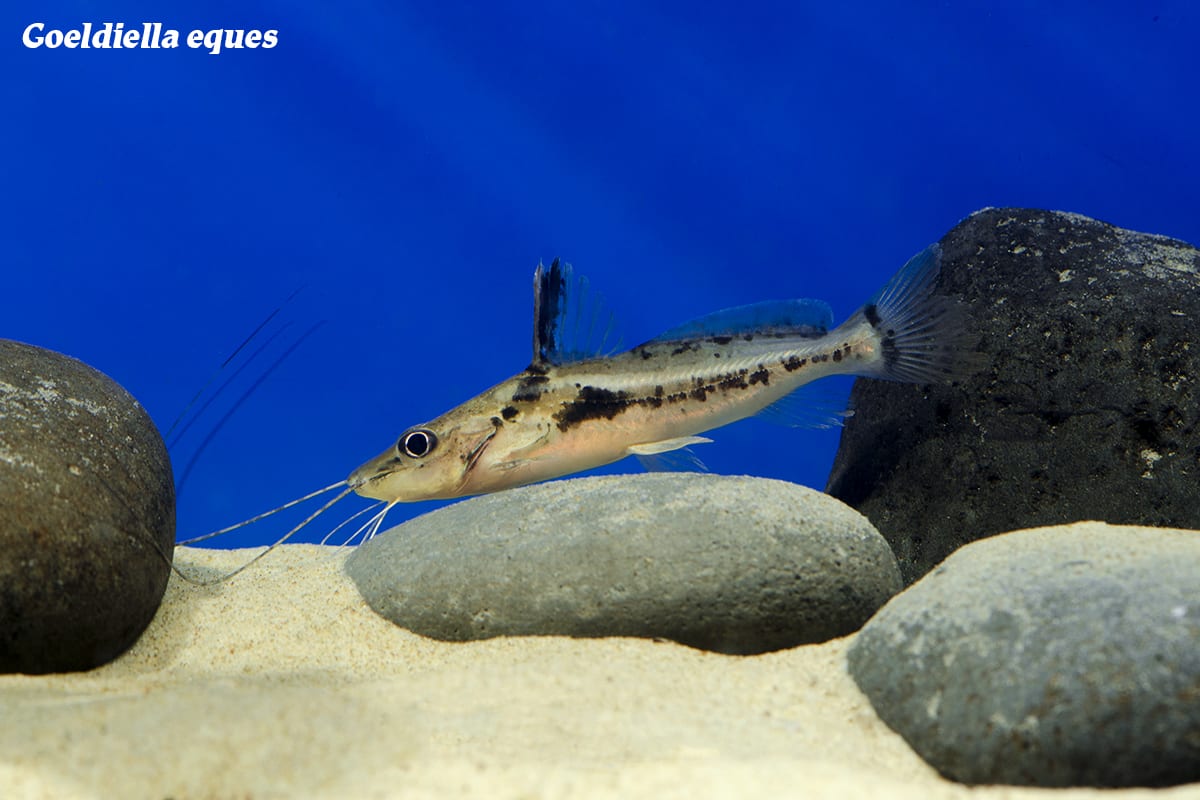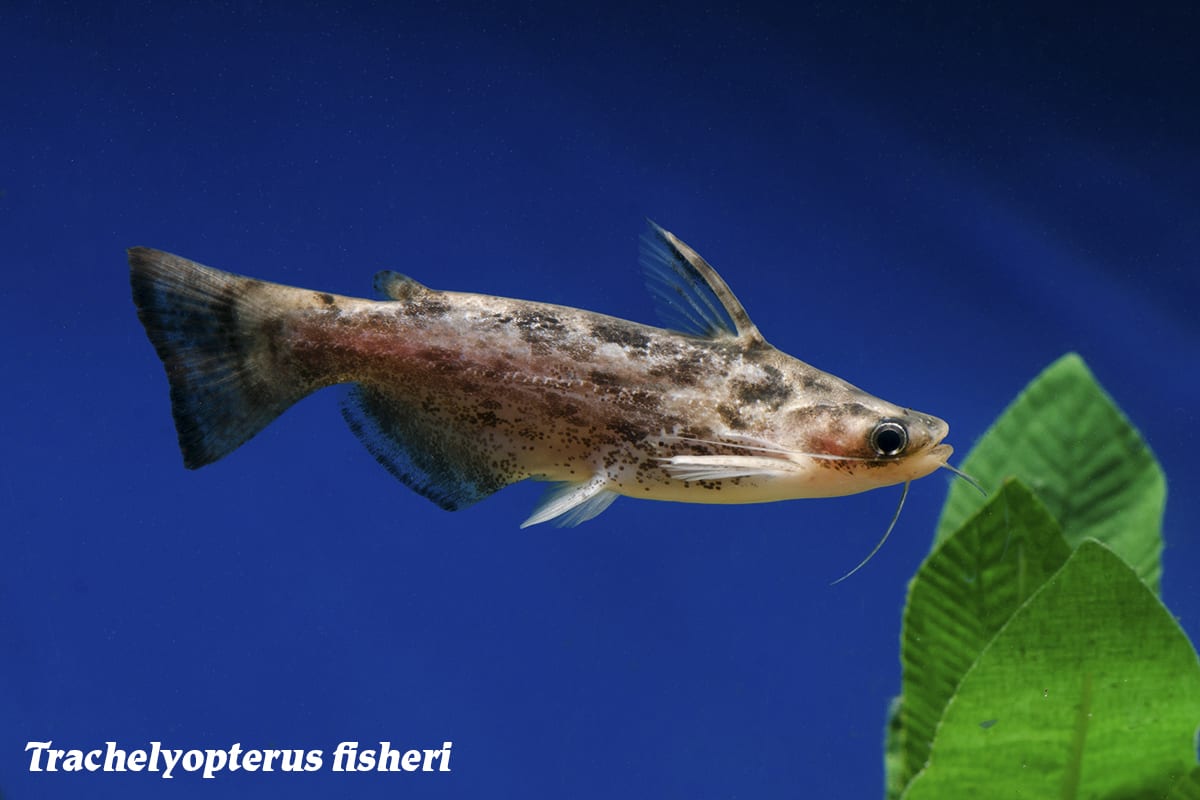Catfish Lover’s Delight
Catfish Lover’s Delight
Ranking fourth in landmass, the South American continent has a ridiculously large number of biomes for its size. Unparalleled in geographic variation, it is covered in mountain ranges, bordered in coastal plains, and transected by 3 major river basins. But, here at The Wet Spot, we know our audience, so we’ll skip down that list straight to the freshwater river havens from which many of our favorite aquarian companions hail. The three major river systems include the Amazon, Orinoco, and Paraná, all branching to form the arteries and veins of this American subcontinent. The Amazon alone covers 2.7 million miles, and is the lifeblood of the world’s largest and most biodiverse rainforest tract in the world. Boasting over 100 tree species and a huge diversity of ferns and vines, the plant species of this biome create habitat for countless animal species including apex predators like jungle cats, and their aquatic analogs. Catfish lovers delight, as we hip, hip a hop across three northern pockets of South America where some “stand-out Siluriformes” prowl.
Scientific NameLiosomadoras oncinus
Common NameJaguar Catfish
Temperature / pH70 to 80°F / 5.0 to 7.0 pH
Native LocationBrazil
Preferred DietCarnivorous
Beginning in the Amazonas and Negro basins of Brazil, Liosomadoras oncinuscan be found in large rivers, streams, and floodplain lakes. A nocturnal predator like their namesake, these “Jaguar Catfish” reach a maximum of 10 inches in length, and exhibit light bodies with jaguar spots, and long, curling whiskers. Most comfortable in dim environments, this catfish does best in densely-planted and well-furnished tanks. Appropriate plant species include Java Fern, Anubiasspp., and Vallisneria spp. Furnishings can include driftwood branches, length of PVC pipe, rock piles, and caves. Spending most of the daylight hours in their hideout of choice, they will become territorial, and should not be kept in cramped quarters with others of a similar mind. They are, however, somewhat gregarious, and if space allows, they are happiest when kept in small conspecific groups. Predatory by nature, small fish will get eaten in the night, so optimal tank mates would include South American cichlids and large characins. Carnivorous by nature, Jaguar Cats should be fed after lights out with bloodworm, chopped earthworm, brine, and sinking dried foods. These catfish do best in waters with temperatures of 70 to 80°F, pH between 5.0 and 7.0, and soft waters under 265 ppm.
Scientific NameGoeldiella eques
Common NameHorsehead Pimelodid
Temperature / pH72 to 80°F / 6.0 to 7.0 pH
Native LocationGuyana
Preferred DietCarnivorous
Found in the coastal rivers and upper Amazon of Guyana. Goeldiella eques is the only member of its genus. Known more commonly as “Horsehead Pimelodids” this unique beauty reaches about a foot in length and exhibits large eyes with a flattened head, long whiskers, and brown and tan mottled coloration. In captivity, this specimen does best with soft substrate, plentiful hiding places including driftwood branches, water-worn rock piles, pvc pipe, and plants that grow attached to decor. Vegetation planted in substrate is liable to be uprooted during active times, and thus, these cats require areas of open space for active swimming. Another predatory catfish, this species should only be kept with larger South American fish like cichlids, catfish and large characins too big to eat. A somewhat fussy eater, they should be fed regular live meals like bloodworm or earthworm, and mussels. They can learn to accept frozen items and high-quality catfish pellets. Tank waters are best maintained with temperatures around 72 to 80°F, pH of 6.0 to 7.0, and hardness between 30 and 320 ppm.
Scientific NameTrachelyopterus fisheri
Common NameFisher’s Woodcat
Temperature / pH75 to 82°F / 6.0 to 7.0 pH
Native LocationColombia
Preferred DietCarnivorous
| Native to the Colombian Rio Sucio, Trachelyopterus fisheri is a real Wonder Mike of the river catfish gang. Reaching 11 inches, this oddball cat has a vertically flattened head and body with a bulging throat, a vertically oriented caudal fin, chin whiskers, and a long dorsal spine that seemingly stems from its neck. Peaceful and sociable, these “Fisher’s Wood Catfish” are often seen out of hiding during the day, and can be kept alongside other gentle South American species large enough that they can’t fit in their mouths. In captivity, these catfish do best with soft substrate, driftwood logs and branches, slate and rock piles, and caves, areas of open swimming space and dim lighting. A surface feeder by nature, these catfish predominantly feast on invertebrates including terrestrial insects and their aquatic larvae. In captivity they relish being offered live meals, though they accept frozen foods as well. Tank waters should be kept with temperatures between 75 and 82°F, and pH of 6.0 to 7.0. |
South America, home to so much beautiful life, and catfish are no exception! They’ve got large predators, small schoolers, algae eaters, long-nosed bottom-dwellers, and so many more of all sizes, shapes, and behaviors!


